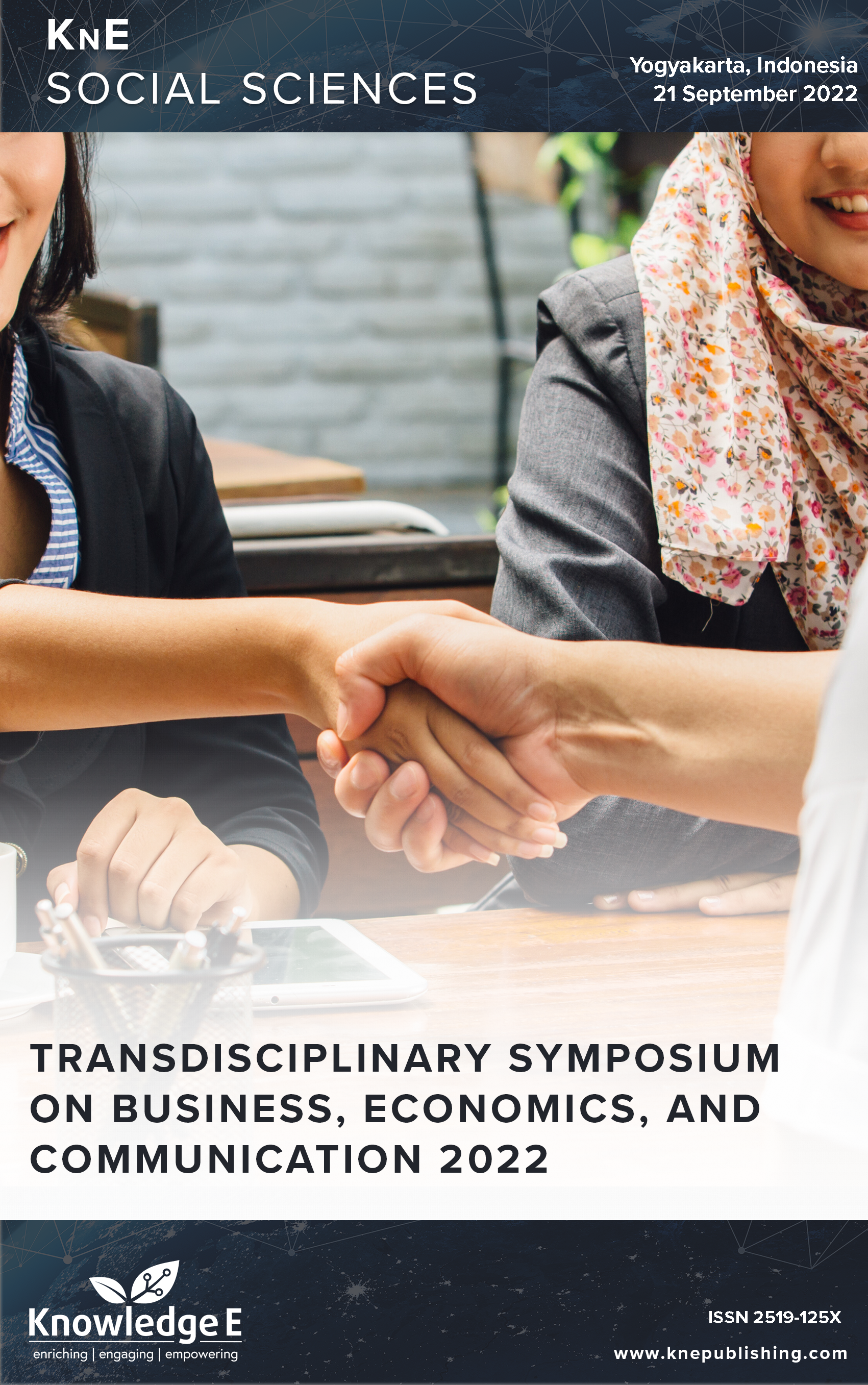The Construction of Reality of Media Regarding Ustadz Abdul Somad's Refusal to Enter Singapore
DOI:
https://doi.org/10.18502/kss.v8i12.13684Abstract
Media shapes the reality perceived by the readers. The issue discussed by the reader is based on how the media report the case. In the case about Ustadz Abdul Somad’s (UAS’s) refusal to enter Singapore was framed differently by two big online news portal: kompas.com and detik.com. Those two media were chosen since they are considered as the big and most-read news portal. The objective of the study is to analyze how the media framed the reality of UAS’s refusal to enter Singapore. The data used in this study were the news published by kompas.com and detik.com during 16-23 May 2022. The news articles were analyzed using the framing analysis method by Pan and Kosicki. This study found out that those two media constructed the reality differently. Kompas.com reported the news in more balance manner in a sense that they took the source both from UAS’s and Singapore’s side. On the other hand, detik.com tended to construct this event on more provocative way: they took the source more on UAS’s side or those who were in the same side of him.
Keywords: constructing reality, framing, news
References
[2] Atika M. 180 Daftar Nama Penceramah Radikal Di Indonesia, Selain Feliz Siauw dan Ustad Abdul Somad Ada Siapa Saja? Kendalku.Com; 2022.
[3] Jetter M, Walker J. The Effect of Media Coverage on Mass Shootings. IZA Discussion Paper No. 11900; 2018. Available from: https://ssrn.com/abstract=3286159
[4] Katz Y. Social media is powerful, but can it change policies of institutionalized organizations such as the Israeli army? International Journal of Humanities and Social Sciences (IJHSS). 2017;6(6):29–34.
[5] Eriyanto. Analisis Framing: Konstruksi, Ideologi, dan Politik Media. Yogyakarta: LKiS; 2015.
[6] Berger P, Luckmann T. The social construction of reality. In Social Theory Re-Wired. Routledge; 2016. 110-122 pp.
[7] Abroms LC, Maibach EW. The effectiveness of mass communication to change public behavior. Annual Review of Public Health. 2008;29(1):219–234.
[8] Purwasito A. Analisis Pesan. Jurnal The Messenger. 2017;9(1):103–109.
[9] Donohue GA, Tichenor PJ, Olien CN. Mass media functions, knowledge and social control. Journalism Quarterly. 1973;50(4):652–659.
[10] Wohn DY, Bowe BJ. Crystallization: How social media facilitates social construction of reality. Proceedings of the Companion Publication of the 17th ACM Conference on Computer Supported Cooperative Work & Social Computing. 2014:261–264.
[11] Bennett WL. New media power: The Internet and global activism. Contesting Media Power: Alternative Media in a Networked World. 2003;17:37.
[12] Curran J. Media and power. Routledge; 2012.
[13] Yan F. Image, reality and media construction. Springer; 2020.
[14] Davies JJ. The effect of media dependency on voting decisions. Journal of Media Sociology. 2009;1(3/4):160–181.
[15] Jung J. Media dependency theory. The International Encyclopedia of Media Effects; 2017. 1–10 pp.
[16] Khan A, Brohman K, Addas S. The anatomy of ‘fake news’: Studying false messages as digital objects. Journal of Information Technology. 2022;37(2):122–143.
[17] Silalahi RR, Sevilla V. Rekonstruksi makna hoaks di tengah arus informasi digital. Global Komunika. 2020;3(1):8–17.

